“Some are born great, some achieve greatness, and some have greatness thrust upon them” is an often-quoted line attributed to William Shakespeare. However, the opposite is also true, where some people become etched on memory, as a notorious figure – infamous all over the world for something, where they may not have been actually responsible for their actions. Typhoid Mary Mallon was one such unfortunate woman, whose only fault may have been that she was too poor & stubborn to realize, what she was doing.
The answer to who was Typhoid Mary is a bit difficult, as she was a different person to different people. Typhoid Mary Mallon was born as Mary Malone, on 23rd September 1869 in Cookstown – a small village in Northern Ireland. Not did she just grow up in an area, which at the time was one of the poorest areas of Ireland, but she herself also came from poor family background.
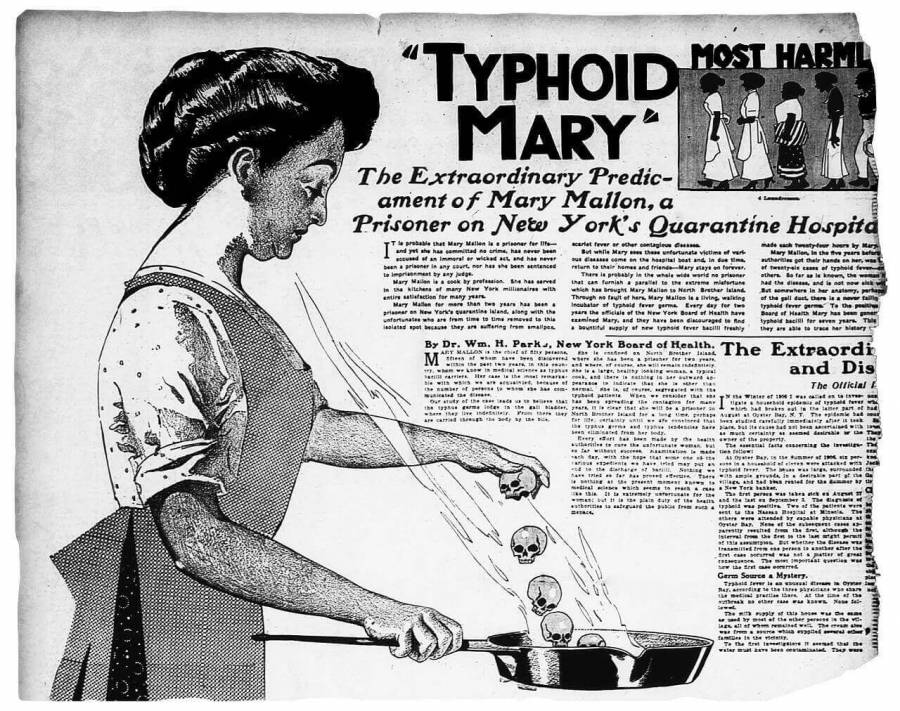
Typhoid Mary’s story perhaps actually starts when Mary as a teenager moved to the United States in 1883 searching for a better life. She moved to New York City where her uncle and aunt stayed. As a poor girl with not many skills, the only way she found that she could make an honest living was as a cook and she soon found employment as a cook in rich people’s homes.
In 1906, Typhoid Mary Mallon who still was only “Mary Mallon” found employment as a cook under Charles Henry Warren, a wealthy banker. She was working on rented summer home on Oyster Bay on the northern coast of Long Island. Towards the end of August/beginning of September of that year, 6 of the 11 people staying in the house were discovered to be suffering from Typhoid fever.
At that period of time, Typhoid Fever was still a grave health hazard, where 10% of the patients succumbed to their disease. However, it occurred in most people of low socioeconomic backgrounds living in crowded areas of the city where basic sanitation measures were not maintained. The occurrence of this disease in the elite, living in a posh area was hard to explain, and certainly raised uncomfortable questions, which would lead to Typhoid Mary’s first appearance in public eyes.
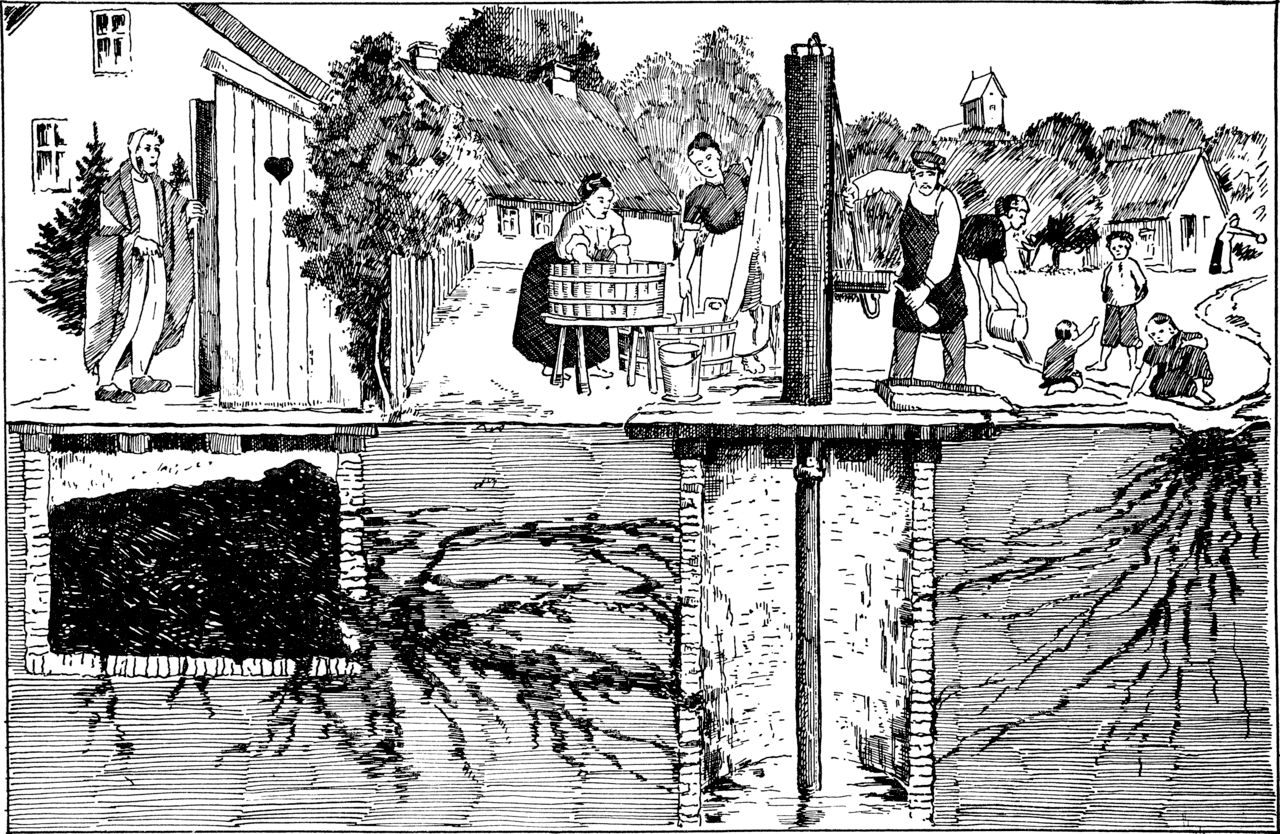
The owner of the summer house, alarmed by the prospect of her losing her profitable renting business (if her property was accused of being contaminated), hired a sanitary engineer to investigate the outbreak. The sanitary engineer – George Sober proved to be very sincere & efficient in his job, who started to investigate the situation in full earnest.
First, the suspicion of the cause of the disease was thought to be because of freshwater clams, which were suspected to have caused an infection. However, not all those ill in the household had eaten these clams, which made the suspicion shift to other places. After thoroughly investigating all places in the property, which could have been contaminated & finding them not so, his focus shifted to the people present in the house. George Sober began to closely inspect all those who were responsible for preparing the food of the sick people, when his first suspicion fell on yet to be caught – Typhoid Mary Mallon.
Strangely, it was found that the common food that was taken by all the people, who had fallen ill occurred after their taking dessert on a Sunday. The dessert was prepared by Mary Mallon, which was eaten by all who were present. A close inspection of the employment history of Mary Mallon showed that 7 families for whom Mary Mallon had worked as a cook previously, also had developed Typhoid. Of the 22 people infected, one girl had even died.
Mary Mallon had left the services of the family soon after the Typhoid outbreak, and she was a hard woman to locate as she moved around quite a lot working in different houses in different locations as a cook. However, George Sober was not a man to give up so easily, and he kept on contacting her past employers & it was like this, that he discovered the high number of incidences of Typhoid in households where Mary Malone had worked previously.
Mary Mallon almost always left the household where she worked after the outbreaks of these episodes. She had always been healthy and never showed any signs or symptoms of the disease herself. For this reason, no one ever suspected that she could be responsible in any way for the Typhoid attacks. However, after 4 months of search, George Sober was finally able to locate Mary Mallon in March 1907.
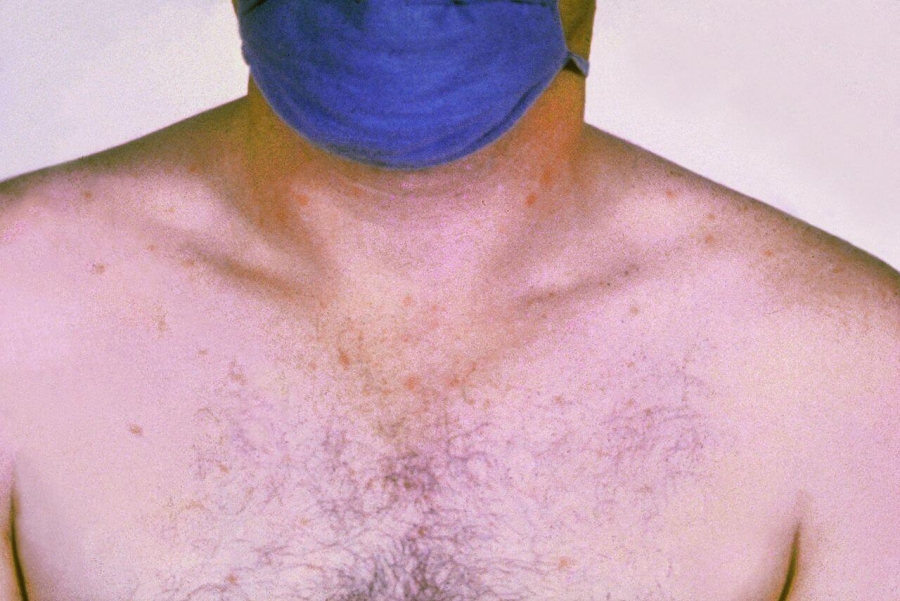
Incidentally, even in this household members of the family had fallen ill to Typhoid, and the only child of the family was in a grave condition. George Sober explained to Mary Mallon that she was unintentionally spreading Typhoid bacteria and hence the disease, in the households that she was working in. George Sober also explained to Mary Malone, that for confirming his diagnosis, he would need the blood, urine and stool sample of Mary Mallon.
Needless to say, Mary Mallon was furious with indignation. She always had been a healthy person and considered that the strength and endurance that she possessed could be never possible in a person harboring a deadly disease within her. Although the spread of Typhoid by contaminated food and water was already known by then however, no healthy carriers had yet been detected in the United States.
Mary Mallon was thoroughly shocked at the allegations and believed that George Sober was trying to malign her reputation. She attacked her accuser, with a carving fork & who managed to save his own life only by escaping from the place. George Sober tried his luck once again the next day when he confronted Mary Malone with the facts and tried to convince her for the tests. However, Mary Mallon was once again defiant and kept on insisting that she was absolutely healthy, as she had never suffered from the disease and she could in no way spread any disease to her employer’s family members.
George Sober who was running out of options now was desperate to prove the fact that Typhoid Mary Mallon was responsible for the high incidence of Typhoid in all the households that she had served. Without any cooperation from Mary Mallon, he somehow convinced the New York City health department to take her into custody.
Finally, on 20th March of the same year, the authorities (health department personnel & police officers) finally came to arrest her. Mary Mallon put up a fight & tried to escape but was finally caught after a lot of difficulties. Mary Mallon was finally forced to provide the samples, which she had been trying so hard to avoid.
The report of her stool samples came positive. The doctors of the time tried many unsatisfactory treatments on her. They finally also offered to remove her gall bladder (which was believed to be the source of her infection) which she refused. So, Typhoid Mary remained a carrier, as the Typhoid bacteria present in her body could not be removed. Here it would be important to mention that, immunization against the Typhoid bacteria – Salmonella typhi, was not developed until 1911, the antibiotic treatment for a definitive cure would be available only in 1948.
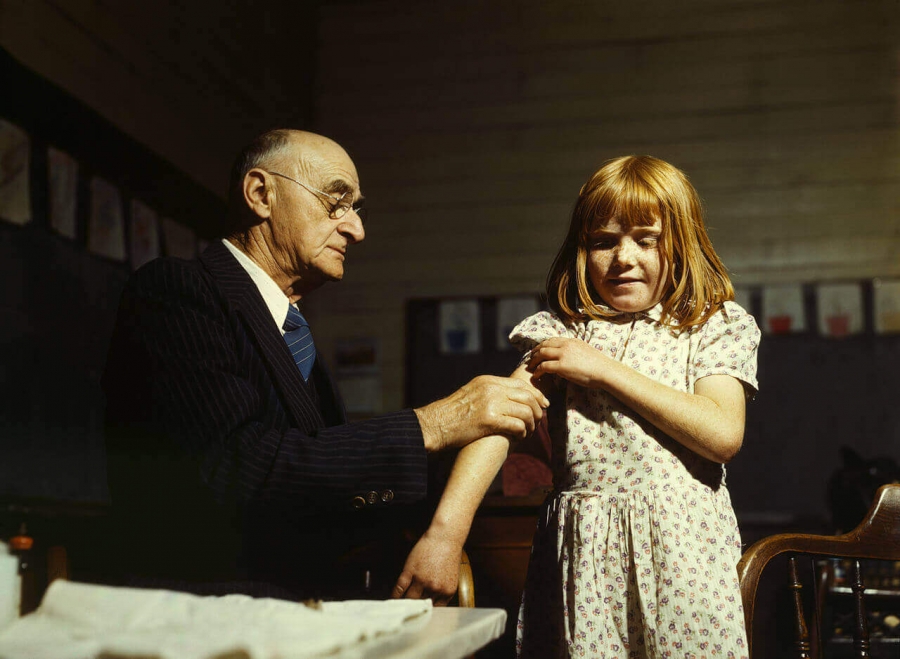
Mary Mallon was finally decided to be a dangerous source of Typhoid & in absence of a better option, a decision to quarantine her in a cottage in Riverside Hospital in North brother Island was taken. The high number of innocent people who suffered from Typhoid because of her, made the authorities classify her as a public health hazard.
On the positive side, the cottage allotted to Mary Mallon was originally built for the superintendent of nurses, of the hospital; and was a much better accommodation than what Mary Mallon had the habit of staying. The ingredients for her food was provided to Typhoid Mary Mallon by the hospital, which she cooked herself. Though life was relatively easy, she had no freedom to go out and suffered from loneliness.
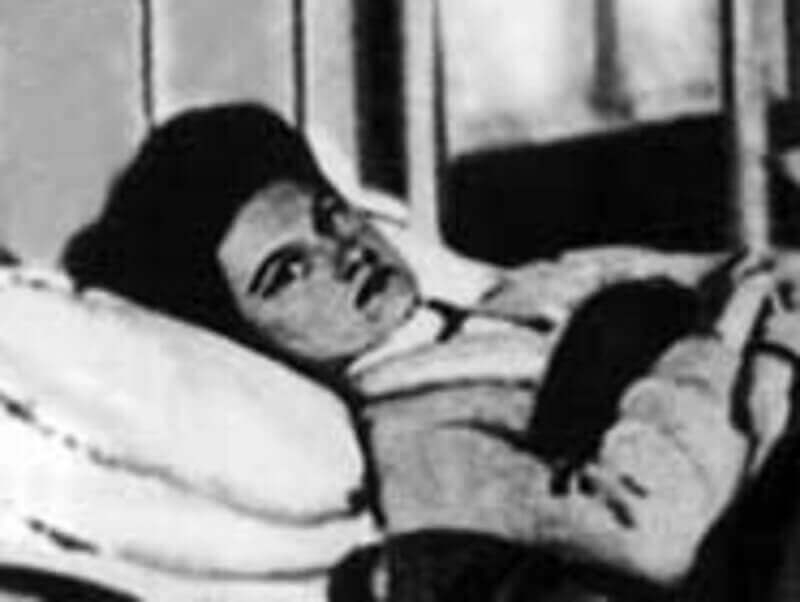
In 1909, Typhoid Mary Malone had her tests (& their result) redone from a private laboratory, which showed that she was negative for typhoid. Armed with the new report, she sued the health department seeking freedom from a life which she believed was no better than a banished leper living in solitary confinement. Although the court refused her petition, arrival of a new health commissioner gave her a new lease of life as she was released in February 1910, after almost 3 years in quarantine.
Mary Mallon on her part promised to follow up with the health department every 3 months and never again work as a cook. However, Typhoid Mary Mallon had no interest in honoring her part of the deal and disappeared soon after her release. The reason for this was not so difficult to understand. Cooks of the time got a much better salary than others working in different domestic jobs. The work too was much easier than other suitable jobs available at the time, which demanded high manual labor.
She started to work again in the kitchen of new employers (who did not know her past history) by changing her name and working under aliases like – Marie Breshof and Mary Brown. For the next 5 years, Typhoid Mary Mallon continued to expose many unsuspecting victims to Typhoid infection. In spite of all the evidence in the past, Mary Mallon herself never believed that she was actually a carrier of Typhoid fever. However, Typhoid Mary’s luck ran out in 1915, when George Sober received a call from a doctor of Sloane hospital for women.
It was an outbreak of Typhoid in the Sloane hospital for women, which made a gynecologist of the hospital contact George Sober. 25 doctors, nurses and staff members of the hospital were sick with Typhoid fever (2 had even died) and Sober’s expertise was needed to determine the possible cause. It did not take much time for George Sober to figure out that it was Mary Mallon who was working as a cook in the hospital, was responsible for the outbreak. Mary Mallon by now was being called by all around her as - Typhoid Mary.
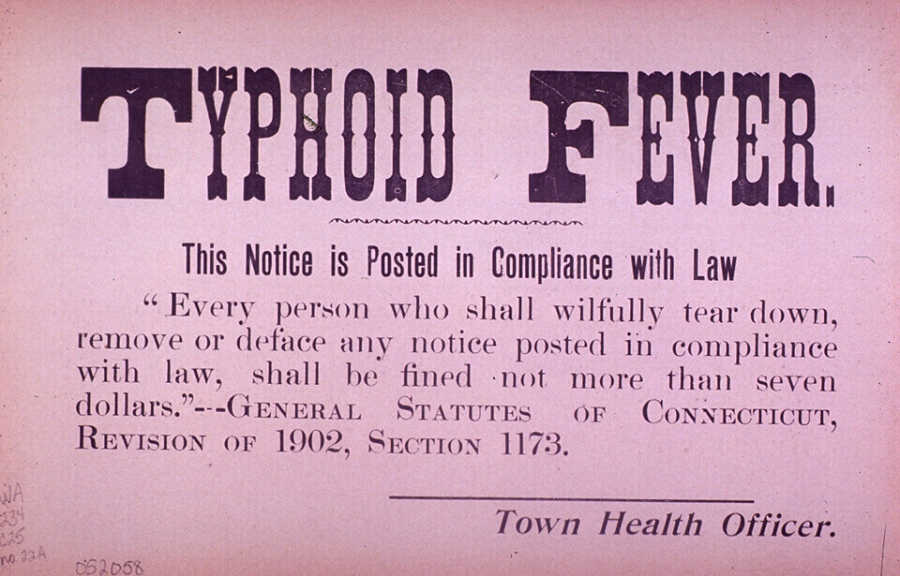
Officials of the health department once again came to get Typhoid Mary Mallon. Typhoid Mary by now was a ghost of her former self and had perhaps realized her folly. She did not resist her captors like the last time. Typhoid Mary was put back in North Brother Island, where she spent the last 23 years of her life in quarantine. She received a steady supply of food free of the cost from the city and even had a cottage for accommodation. She also worked in the hospital’s laboratory, for which she also received payment.
Once confirmed that she would no longer try to escape, she was even allowed to visit the mainland to shop and move around. She avoided talking about her past life and became much more amicable to people around her, who on their part did not bother her about her earlier unfortunate past misadventures.
After suffering from a stroke on Christmas morning of 1932, she became paralyzed and unable to walk. After that, for the next 6 years, she was taken care of in the Riverside Hospital. Typhoid Mary Mallon die on 11 November 1938 due to pneumonia at the age of 69 years. Some sources maintain that a post mortem undertaken after her death proved that bacteria causing Typhoid were shed regularly from her gallstones in the gallbladder, which was responsible for causing many infections attributed to her. However, some others maintain that there was never any autopsy & the story was just made up to justify her unethical quarantine.
Typhoid Mary’s name has gone down in history, as a woman who caused much misery and even death for people who trusted her. However, does she really deserve to be called the villain as she is often portrayed? The answer to that question would be certainly difficult. As has been often quoted in this discussion that the notoriety associated with Typhoid Mary Mallon was because of ignorance and not malice on her part.
Many doctors had tried their best to prove to her that in spite of her being healthy, her body hosted a pool of bacteria responsible for causing Typhoid, but she never believed them. She also refused to observe the basic necessary hygiene measures, like washing hands before preparing food. Any attempts to convince her of ideas contrary to her viewpoint brought forward her hot-tempered and stubborn personality.
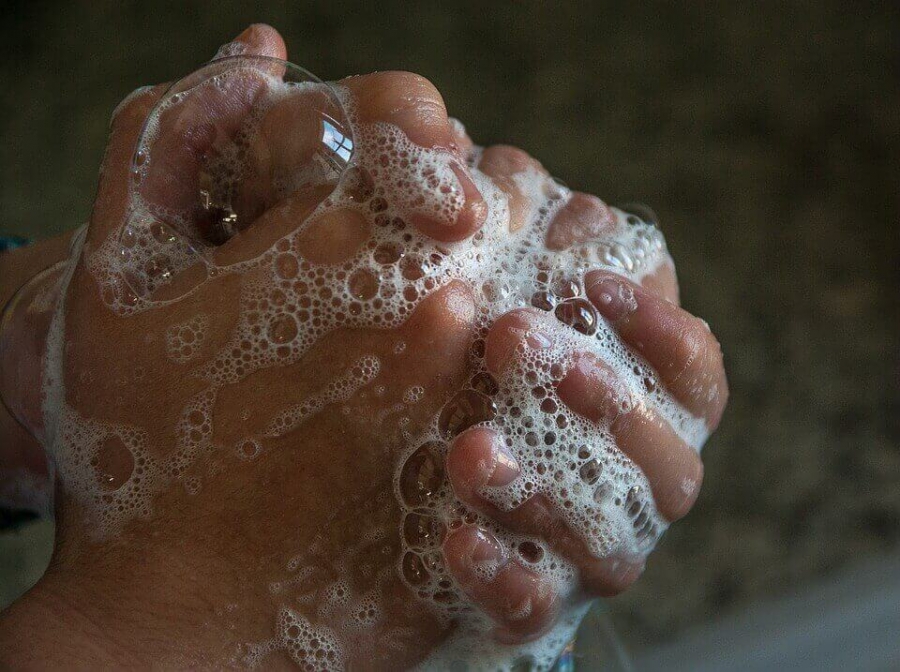
Typhoid Mary Mallon spent most of her life lonely and isolated from society. When she was working, she moved from one job to another in very small intervals. Even when she fell sick no one came forward to attend to her. Even after her death, only 9 people came to her funeral and none of them went to her grave at the time of her burial. Her life ended the way she had lived – lonely and miserable.
Her ignoble identity lives on as Typhoid Mary's definition in medical textbooks, where it means a healthy carrier who has the ability to transmit typhoid to other normal unsuspecting people. In the modern world doctors and authorities of the time, are often accused of being prejudiced against Typhoid Mary as they never tried to sympathetically convince Mary Mallon, with patience, of what was happening to her.
By the time Mary Mallon die, 400 more healthy carriers of Typhoid had been identified but none of them were forcibly confined or victimized like Typhoid Mary Mallon. Unfortunately, prejudices against people suffering from lesser understood disease still plague society today, just proving that some things never change with time.
Must Read About: Inverted Nipple